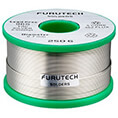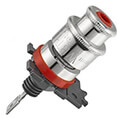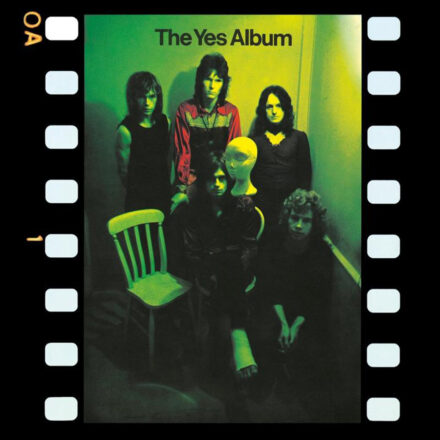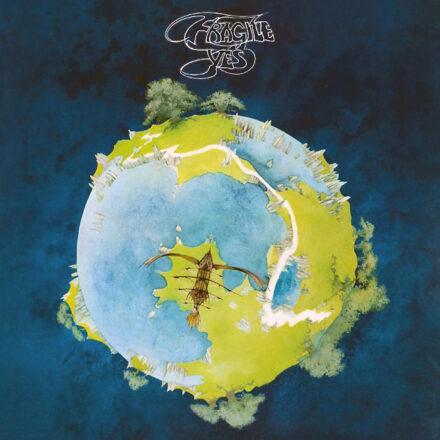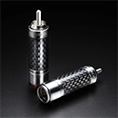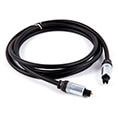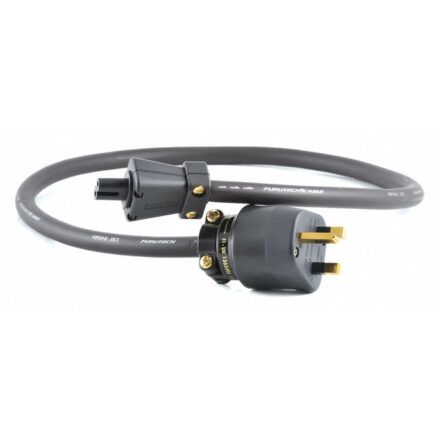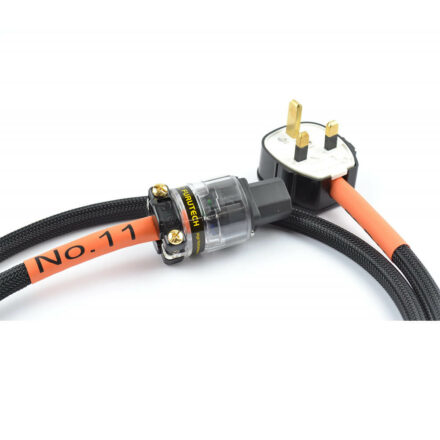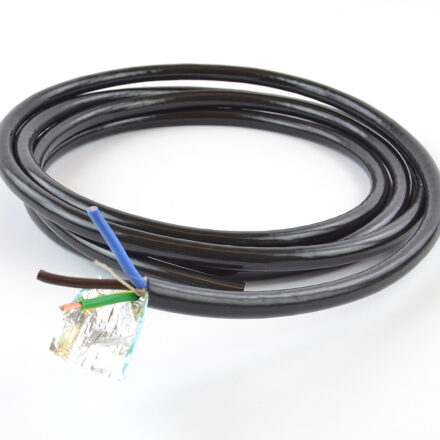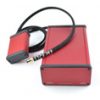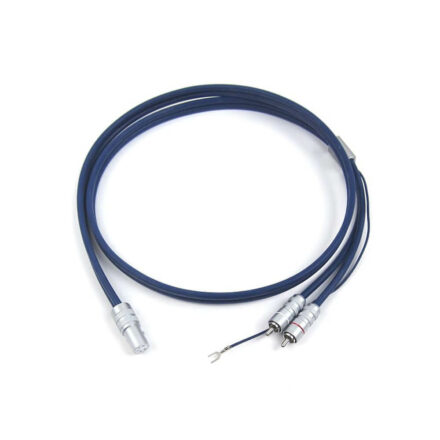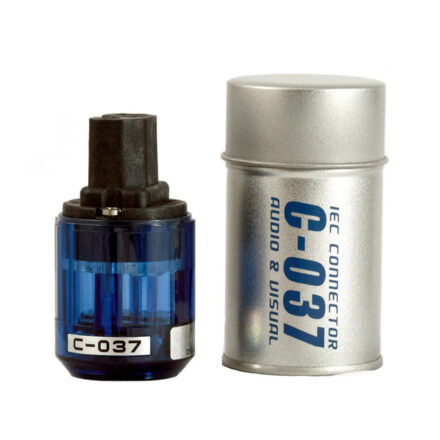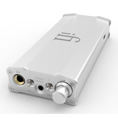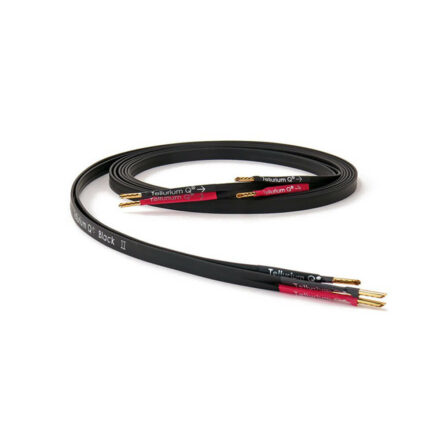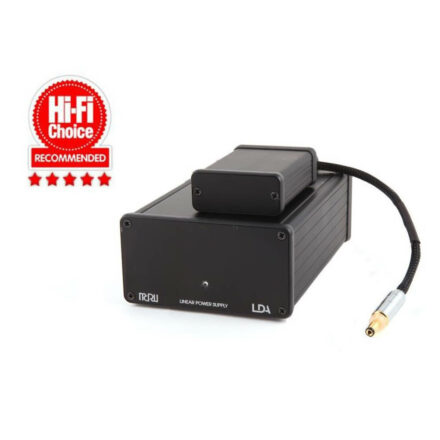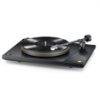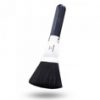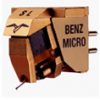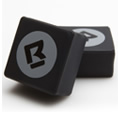Black Rhodium Cables are a UK based supplier of cables, with over 30 years expereince their founder Graham Nalty knows a thing or two about cable design. MCRU are proud to be associated with Graham and his company Balck Rhodium. We bring you the very latest cable design from Graham called “Thunder”.
The cable is expensive no one is claiming otherwise, but in hi-fi as in most other areas of life you get what you pay for. The “Thunder” is Black Rhodiums best ever loudspeaker cable, simple as that. We have not cut and pasted some blurb off their website, no we have heard the cables in our own system. The MCRU demo system is as follows…
Clearaudio Master Innovation Turntable
Clearaudio TT3 Tangential Tonearm
Clearaudio Stradivari Cartridge
Music First Audio Classic Pre-Amp
Music First Audio SUT
Music First Audio Ref. MM Phono Stage
Longdog Audio 300B Monoblock Amplifiers
MCRU No. 127 Loudspeakers
IsoTek Mosaic Genesis Mains Regenerator
We have been using the “Thunder” for over a week now and can report its easily the best speaker cable we have heard in over 30 years of owning a hi-fi system. The ease at which the music flows forth is astounding, there is no distortion in the music at all, testament to Graham’s engineering ability when deisigning these cables. The Black Rhodium Ninja was a superb speaker cable but it was quite stiff and difficult to manage, the “Thunder is extremely flexible and much easier to position than a lot of cables we have used and heard. It is quite unique as it uses a single run per channel so you get 4 individual runs of cable, 2 for the right speaker and 2 for the left, the image shows one half of the cables. You will get four runs in total.
Below we have received a technical paper from Graham himself about the deisgn of cable and what it has to overcome when perfoming properly playing your music.
The seven areas of design we apply are
1. Conductor quality
2. Insulation quality
3. Low Microphony
4. RFI suppression
5. Low magnetic ‘proximity effect’ distortion
6. Mechanical vibration reduction
7. Connector quality
To elaborate:
Conductor quality.
All metals sound different when music signal is transmitted. In general, the most expensive metals exhibit the best/most pleasant/least distortion sound however you wish to describe it.
The sound of all conductors is influenced by the direction in which the wire has been drawn during manufacture. If the electrical current flows in the same direction as the wire drawn direction, the sound quality is audibly clearer than when the wire drawn direction is varied. So a cable in which the drawn direction is opposite for the out and return conductors has a clearer sound.
The purity of the conductor can affect sound quality.
Cryogenic processing that can affect the molecular structure of the conductor can improve sound quality.
The resistance of wire can also affect sound quality as a low resistance wire will exhibit greater control on unwanted movement of bass drivers in loudspeakers. Low resistance power cables enable faster recharging of capacitors in power supplies. In general, larger conductors can deliver more bass music information, both as loudspeaker cables and as power cables.
Insulation quality
Insulating materials can store electrical charge from the currents in the music signal in the wires. This charge will vary as the voltage in the wire varies and will be released back into the conductors at a later stage. This causes a time-smeared-distortion that is very audible. To counteract this, low loss insulation materials such as silicone rubber and PTFE are used extensively in audio.
Microphony
Electrical charges are created by friction within a cable. As charges build up they create noise in the cable that can be eliminated by inserting a semi-conducting layer between insulation and conductor.
RFI Noise.
RFI noise from electrical equipment is very prevalent and its effect is to modulate audio signals to create audible distortion. Screening and filtering can reduce the effect of noise.
Magnetic ‘proximity effect’ distortion.
All wires carrying an electrical current will create a magnetic field whose strength is dependent on the current in the wire. Where this magnetic field cuts through another wire carrying a current, the magnetic field will change the electrical characteristics of the other wire. This will have the effect of modulating the audio signal in causing audible distortion. Increasing the distance between conductors or providing very expensive magnetic screening can reduce the distortion and hence deliver clearer sound quality.
Mechanical Vibration.
All loudspeakers have to produce vibration to create music. Vibration from loudspeaker can be transmitted via the cable to the amplifier. In addition vibration within electrical equipment creates its own vibration. Further vibration can be caused by electrical forces between conductors within a cable. Vibration can be reduced either by blocking it or by damping it. The effect of vibration in cables is to reduce the dynamics of the music and to blur the sound of complex pieces of music.
Connectors
Even connectors can sound different. The biggest effect on sound quality can be when the electrical signal has cross between moving parts in a connector. Whilst sound differences in connectors are small, they are still easily audible.
Best regards,
Graham Nalty
THE BLACK RHODIUM THUNDER LOUDSPEAKER CABLES ARE IN STOCK AT MCRU FOR HOME TRIAL OR DEMO IN OUR SHOWROOMS IN HUDDERSFIELD.


